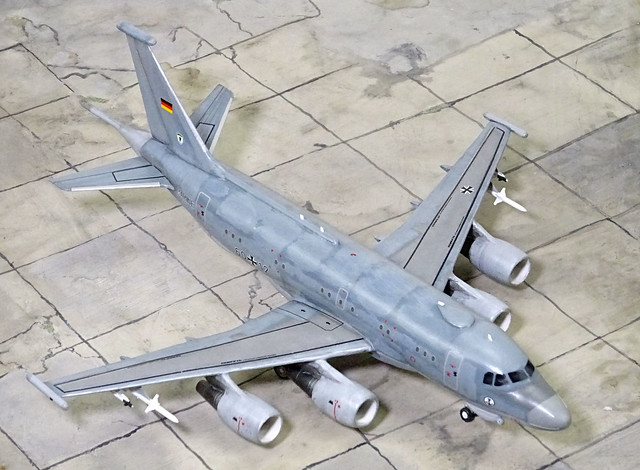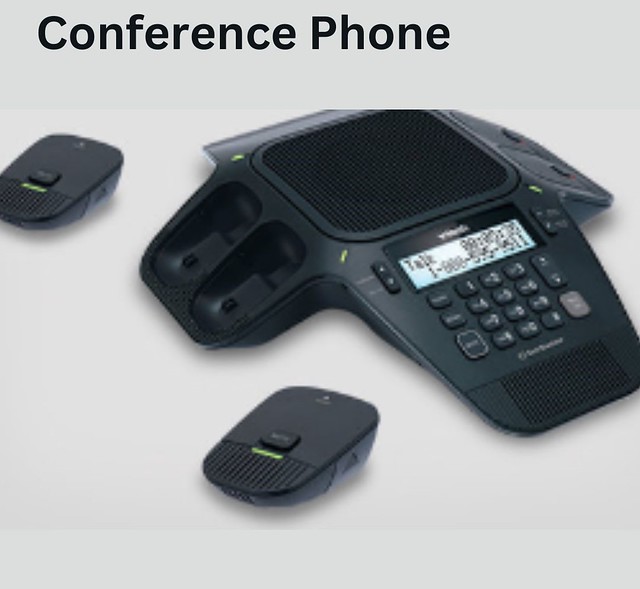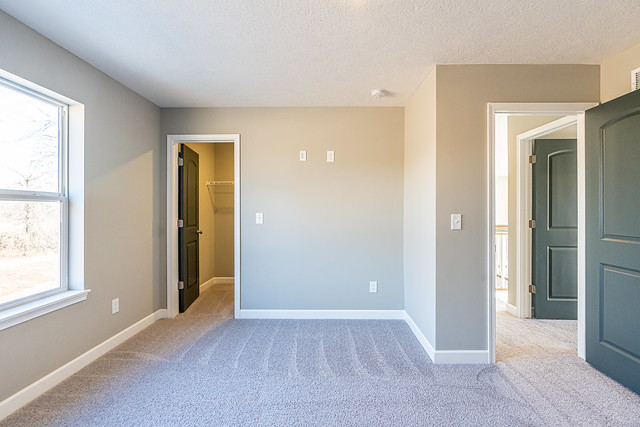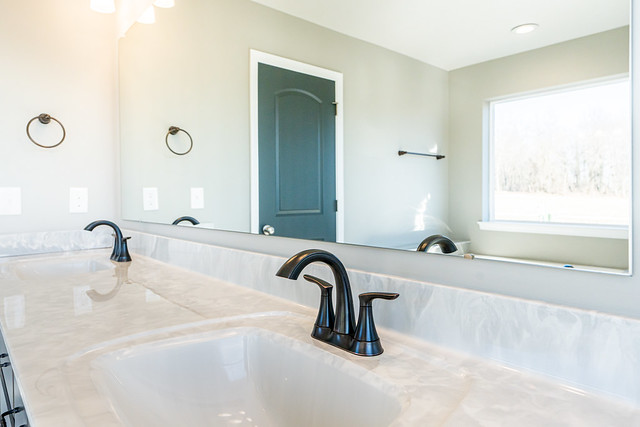
IP Camera Solutions
IP cameras are a key component of a holistic security system. They can be integrated with door access control systems, intercoms and other systems to provide complete protection for your building.
IP camera technology transmits images digitally, which creates larger files than analog cameras. This means you need to allocate more storage space and plan for higher bandwidth requirements.
1. Easy to install
The beauty of IP cameras is that they can be installed anywhere. Unlike analog cameras, they do not require co-axial cables or a network station to connect them to the internet. Instead, they use a wired or wireless Ethernet connection to communicate with your network, making them more secure than their analogue counterparts.
Depending on the model you choose, some IP cameras offer Power over Ethernet (PoE). This feature allows the camera to receive power and data through the same cable, simplifying installation and eliminating the need for additional wiring. You can also attach door access control readers and paging amplifiers to the same network switch that provides PoE, reducing the number of devices to install and maintain.
In addition, IP cameras come with built-in intelligence, allowing them to detect the presence of people or vehicles. They can also alert you to potential problems, such as when someone tampers with a camera or the system itself. And, they can integrate easily with other web-based applications. For example, you can link them to a time and attendance management system, enabling you to record employee hours from the video footage.
2. Easy to manage
IP cameras provide a cost-effective way to replace analog CCTV systems, with features like HD images and remote control functionality. They also offer more advanced analytics capabilities than their predecessors, and can be integrated with other security systems.
IP camera solutions are easily managed using system software that is compatible with the existing network infrastructure and video management systems of a building or facility. This allows for seamless integration of the entire system, which can be monitored and controlled from a single dashboard. It also allows end-users and system integrators to save money on a costly server, as well as reduce maintenance costs by eliminating the need for hard drives and cabling.
Unlike traditional analog CCTV, IP cameras are designed to securely store video files on a central server. This means that all footage can be accessed from anywhere in the world, and it can be shared with anyone with an Internet connection. To protect against unauthorized access to the cameras, users can set up long, non-obvious passwords. However, it is important to note that these systems can use up a large amount of Internet bandwidth, so users should consider their data quota when selecting this type of solution.
3. Easy to maintain
With the right network infrastructure and video management ip cameras solutions software, IP cameras are easy to integrate into existing systems and maintain. For example, some cameras can record to a local micro SD card and overwrite old footage automatically once the memory fills up, and most can be accessed remotely via a direct network connection.
IP camera solutions can be more secure than their analogue counterparts, with encrypted and authenticated data, and the ability to stream video securely over the internet. They also have the potential to be augmented with other web-based, cloud-based applications – such as time and attendance management systems – to boost the scope of what they can do.
Another advantage of using IP cameras is that they only require a network cable for power and connectivity, whereas analog cameras often need two wires to supply both functions. This reduces the amount of Bokysee security camera supplier cabling required, which can make for a neater and more professional-looking installation. This also helps to keep maintenance costs down. However, it’s important to consider your network bandwidth requirements and storage space before upgrading to an IP camera solution.
4. Easy to upgrade
Compared to the complexity of analogue CCTV systems, IP camera solutions are relatively easy to upgrade. Adding signal converters to an existing system allows you to take advantage of lower cost IP cameras to replace old or inefficient analogue devices while operating on the same wiring.
Many manufacturers provide a complete solution of cloud hardware cameras and management software, with enterprise features and a full suite of video AI tools. Other vendors offer a more modular approach, working on their own or as overlays of other video analytics tools or data analysis software.
For example, Xeoma offers open source software and a suite of human & vehicle detection and PTZ capabilities. Verkada is another option that combines its own camera hardware with a range of adjacent products such as environmental sensors and door access control while also offering video AI.
Once you have your IP cameras set up, you may want to make them look sharper and clearer. Fortunately, there is an easy way to do that with a free video editing program such as Movavi.
5. Easy to expand
Incorporating IP cameras into an organization’s network allows for seamless expansion and provides a secure platform for storage of video. The IP data streams can also be encrypted and stored offsite.
This makes it easy for security teams to monitor video from remote locations and reduces the need for guard patrols, especially in crowded environments where security guards might be overwhelmed. In addition, ip camera solutions with facial recognition software can identify and alert security staff to the presence of suspicious individuals in a store, making it even easier to improve workplace safety.
Unlike analog CCTV, ip cameras can be powered over the Ethernet cable by using PoE technology. This eliminates the need for a separate AC power source and offers more flexibility on deployment as the Ethernet cable can carry both data and power. This can help to reduce the installation cost and avoid the risk of power cable theft.



